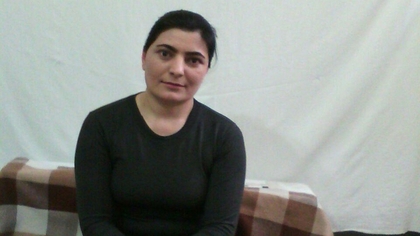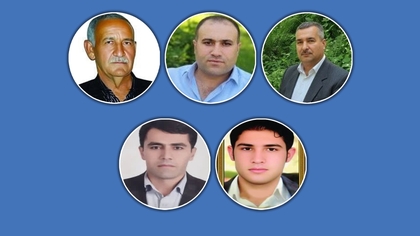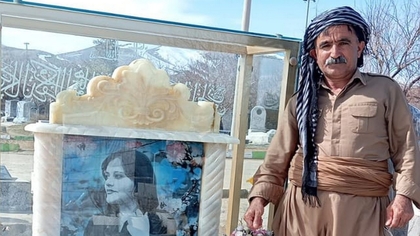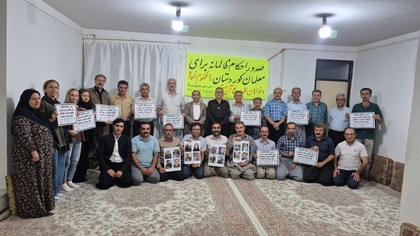Iran to crack down on protests during fire festival
19:55 - 10 March 2012
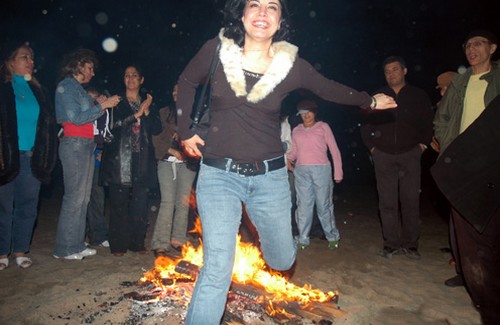
KURDPA - On the eve of the last Wednesday of the Persian year (which ends on 21 March), Iranians gather to light bonfires in the streets and jump over the flames.
With this phrase, the flames symbolically take away all the unpleasant things that happened in the past year and provide hopes of enlightenment and happiness in the year to come.
Singing, dancing and eating together are also part of this fire festival, known as Chaharshanbe Suri.
But for many Iranians, this prehistoric Persian event goes far beyond being just a cultural celebration. Especially for the young, it provides an opportunity to vent frustrations at the government.
Ever since the revolution of 1979, the Islamic republic has stood firm in opposing popular festivals, including those from Iran\'s pre-Islamic period, seeing them as superstitious, illogical and anti-Islamic.
Since Mahmoud Ahmadinejad took office in 2005, the crackdown has grown stronger than ever, with many being arrested and hospitalised.
In the last few years, Chaharshanbe Suri has been used as an excuse for people to pour onto the streets en masse and voice their opinions on issues ranging from the dire economic situation to social freedom.
In 2009, hundreds of thousands of Iranians threw Molotov cocktails and firecrackers in the streets to show their anger at the government. In recent years, many Iranians have used the festival to demonstrate against the Islamic Republic\'s restrictions.
This year, the head of the country\'s national security forces, Esmail Ahmadi-Moghaddam, said they would arrest anyone who joins gatherings.
For most Iranians, this year has not been the kindest. With sanctions, unemployment, inflation and threats of war, many feel they are not being heard and will step out onto the streets on the night of Chaharshanbeh Suri. This truly amazing ancient ritual has survived many generations, despite all the crackdowns, and it surely will do in future.
With this phrase, the flames symbolically take away all the unpleasant things that happened in the past year and provide hopes of enlightenment and happiness in the year to come.
Singing, dancing and eating together are also part of this fire festival, known as Chaharshanbe Suri.
But for many Iranians, this prehistoric Persian event goes far beyond being just a cultural celebration. Especially for the young, it provides an opportunity to vent frustrations at the government.
Ever since the revolution of 1979, the Islamic republic has stood firm in opposing popular festivals, including those from Iran\'s pre-Islamic period, seeing them as superstitious, illogical and anti-Islamic.
Since Mahmoud Ahmadinejad took office in 2005, the crackdown has grown stronger than ever, with many being arrested and hospitalised.
In the last few years, Chaharshanbe Suri has been used as an excuse for people to pour onto the streets en masse and voice their opinions on issues ranging from the dire economic situation to social freedom.
In 2009, hundreds of thousands of Iranians threw Molotov cocktails and firecrackers in the streets to show their anger at the government. In recent years, many Iranians have used the festival to demonstrate against the Islamic Republic\'s restrictions.
This year, the head of the country\'s national security forces, Esmail Ahmadi-Moghaddam, said they would arrest anyone who joins gatherings.
For most Iranians, this year has not been the kindest. With sanctions, unemployment, inflation and threats of war, many feel they are not being heard and will step out onto the streets on the night of Chaharshanbeh Suri. This truly amazing ancient ritual has survived many generations, despite all the crackdowns, and it surely will do in future.
